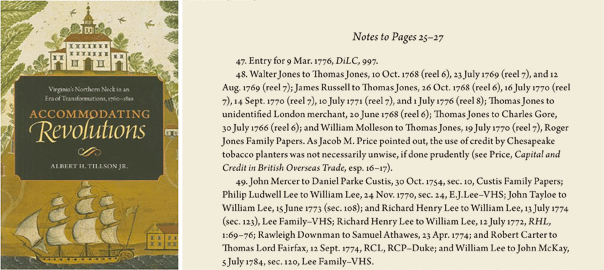“Over the past quarter century, a new American history has been written.”
—Thomas Bender, American Historical Review, 2002
After following all the steps of the Genealogical Proof Standard, sometimes the family tree we have worked so hard to complete, is still, in many ways, incomplete. Elizabeth Shown Mills shows us other ways to expand our search with the FAN principle (researching Friends, Associates and Neighbors) while Ron Arons encourages us to organize every detail, however small, into an interconnected mind map to discover new connections between family members. Whatever route we choose to expand our search, we still need to connect to the primary source documents to complete our tree. If you have done your due diligence as a researcher, yet you still find yourself staring at empty positions on your tree, consider going off-road even further.
“New history” is a name coined a little over a century ago by the American scholar, James Harvey Robinson, and in genealogy, it is certainly the road less traveled. Over the past few decades, the publishing of “new history” has picked up speed to the point that there are now thousands upon thousands of titles, not to mention dissertations, flooding the real and virtual shelves of our libraries and universities. Each history begins with intense study of local documents, which guide the historian into a detailed view of diverse communities across America and the globe. Incorporating more science in their approach than previous generations, new historians look not to synthesize the story of America, but to diversify the story by demonstrating how the national culture has influenced the individual and vice versa. For genealogists, the new history can be a valuable avenue when following a research subject off-road, beyond the reach of traditional documentary evidence.
When choosing a history to supplement genealogical work, we should look beyond the flyleaf or abstracted summary of the book and go look in the back of the book. In Rhys Issac’s 1982 Pulitzer Prize-Winning study, The Transformation of Virginia, 1740-1790, the back pages reveal all the endless details he found within journals, correspondence and legal papers to tell his tale of a six-county region in colonial Virginia. Other authors, such as Timothy J. Gilfoyle with his 1992 study of New York prostitution, City of Eros, provide more than lengthy, detailed citations, but also add a wealth of information in appendixes, which are many times longer than citations. Gilfoyle’s appendixes feature excerpts, statistics, charts, and documents from both public and private collections that are not easily accessed. While it is possible to go from archive to archive, searching individually for these documents, the fact that the historian has already done the reading and fieldwork can give you an amazing leg up in your research. You still need to reference the original documents, read them for yourself, analyze their content and make your own conclusions, but the history takes you from full-on novice to informed researcher before you invest the time and money in a research trip. For example, a good supplement that I have used for my current slave overseer survey of the Northern Neck of Virginia, is:
Tillson, Albert H, Jr. Accommodating Revolutions: Virginia’s Northern Neck in an Era of Transformations, 1760-1810. Charlottesville: University of Virginia Press. 2010.
As you can see in the opening illustration above, Tillson is a detailed citation historian, as well. So, when you think your brick wall is about to become an unwelcome, but permanent addition to your life’s work, take a look at what the architects of new history have to offer as an alternative. You will be in meticulously good company.
—B
